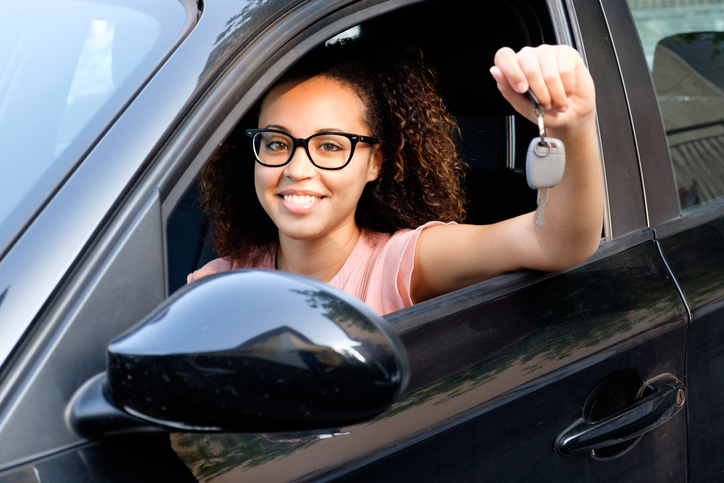Don’t wait until it’s too late. Don’t regret staying silent. Don’t take the chance of becoming part of national statistics. Now is the time to talk with your teen driver about safe driving habits.
Vehicle crashes are the leading cause of death for teens in the United States—ahead of all other types of injuries, disease, or violence. Nearly 2,000 teen drivers (15 to 18 years old) were involved in fatal traffic crashes, and an estimated 99,000 teen drivers were injured in 2015.
Teens may get some information on safe driving rules and techniques from school or driver education classes, but family conversations about safe driving behaviors can make a huge—and potentially life-saving—difference. Surveys reveal that teens whose parents set firm rules for driving typically engage in fewer risky driving behaviors and are involved in fewer crashes than those with little or no driving restrictions.
That’s why the U.S. Department of Transportation’s National Highway and Traffic Safety Administration is inviting parents to participate in National Teen Driver Safety Week, October 15-21. Now is the time to start a conversation with your teen about the following important rules of the road:
No Drinking and Driving
All teens are too young to legally buy, possess, or consume alcohol, but they are still at risk. Nationally, almost one out of five teen passenger-vehicle drivers involved in fatal motor vehicle traffic crashes had been drinking. Remind your teen that driving under the influence of any impairing substance, including illicit and prescription drugs, could have deadly consequences. They must understand that impaired driving laws are strictly enforced.
Teen Drivers, Buckle Up—Everyone. Every Trip. Every Time.
Wearing a seat belt is one of the simplest ways for teens to stay safe in a vehicle, and it is required in all 50 States. Yet too many teens are not buckling up, and neither are their passengers. In 2015, 531 passengers died in a car, truck, or SUV driven by a teen driver, and 58 percent of those passengers were NOT buckled up at the time of the fatal crash. Even more troubling, in 84 percent of cases when the teen driver was unbuckled, the passengers were also unbuckled. Remind your teen that it’s important to buckle up on every trip, every time, no matter what – front seat and back.
Eyes on the Road, Hands on the Wheel
Distractions while driving are more than just risky—they can have deadly consequences. In 2015, among teen drivers involved in fatal crashes, 10 percent were reported as distracted at the time of the crash. Remind your teen about the dangers of texting or using the phone while driving. Distracted driving isn’t limited to cell phone use. Other passengers, audio and climate controls in the vehicle, and eating or drinking while driving are all examples of dangerous distractions for teen drivers.
Follow the Posted Speed Limit
Speeding is a critical issue for all drivers, especially teens. In 2015, almost one-third of teen drivers involved in fatal crashes were speeding at the time of the crash. Remind your teen to always stay within the speed limit.
Passengers
Passengers in a teen’s car can lead to disastrous consequences. In a NHTSA study, teen drivers were 2.5 times more likely to engage in one or more potentially risky behaviors when driving with one teenage peer, when compared to driving alone. The likelihood of teen drivers engaging in risky behaviors triples when traveling with multiple passengers.
Parents can be the biggest influencers on teens’ choices behind the wheel. If you are the parent of a teen driver, now is the time to discuss how following these life-saving rules can help reduce road risks.
For more information about National Teen Driver Safety Week and safe driving tips for your teens, visit www.nhtsa.gov/road-safety/teen-driving.

Patrick M. is Editorial Director for the always expanding DriveSafe Online library of courses. With over two decades of experience developing award-winning training, he now focuses on innovating online driver safety training. Pulling from his background in journalism, he steers the wheel behind the creation of top-tier content that promotes a better journey—whether on the digital highway of learning or the real roads we travel every day.
